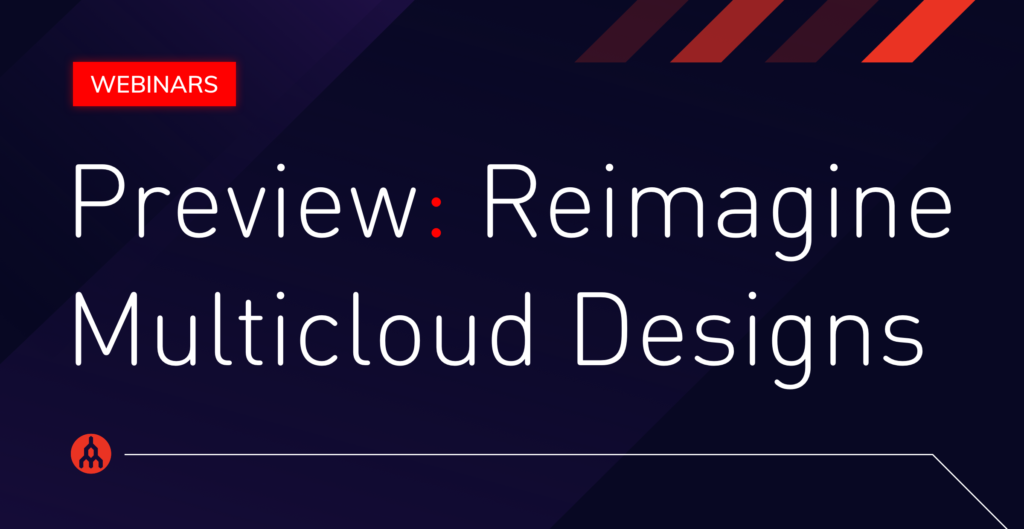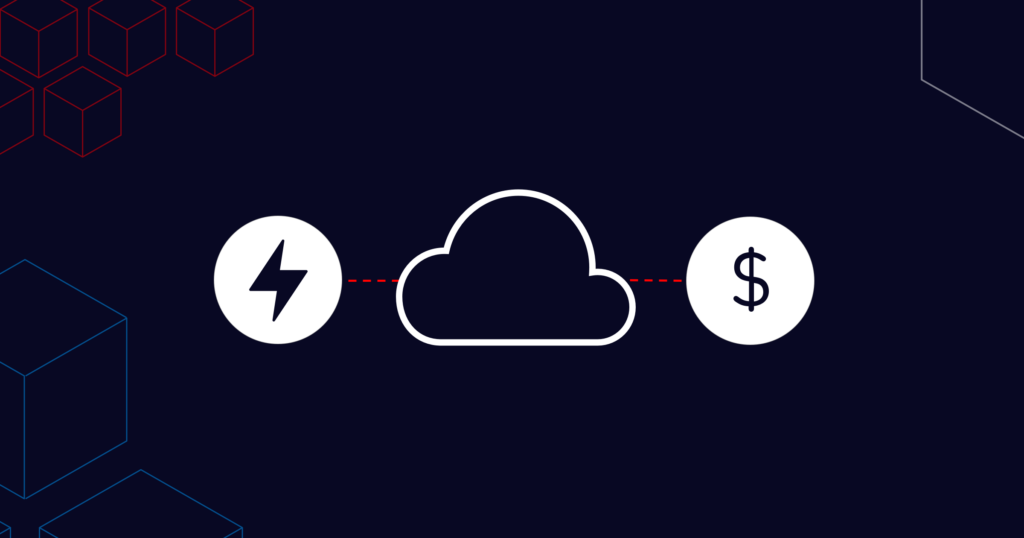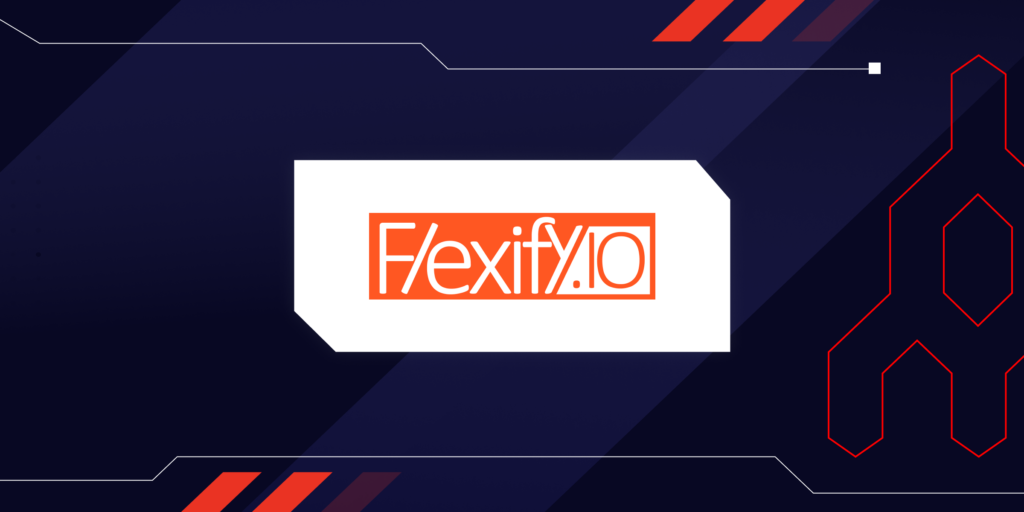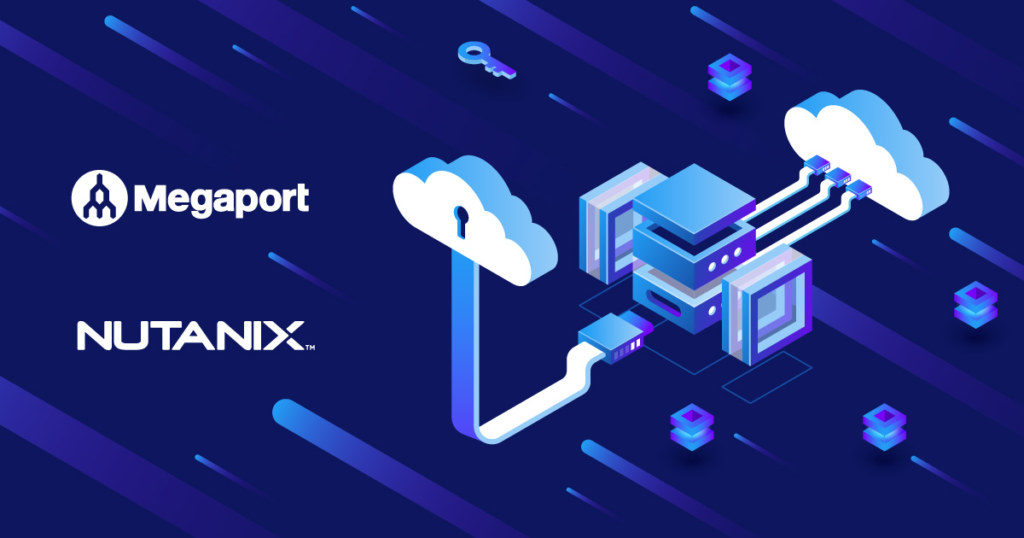
Previewing Our Upcoming Webinars: Reimagine Multicloud Designs
- April 8, 2021
In last October’s Mastering Multicloud webinar, we covered private connectivity models offered by AWS, Microsoft Azure, and Google Cloud. In our upcoming webinar series, Reimagine Multicloud Designs, we’ll dive into the most common multicloud network designs of our customers.
In last October’s Network Transformation: Mastering Multicloud webinar, our Solutions Architects went through an array of terminology and connectivity models offered by AWS , Microsoft Azure , and Google Cloud . In our upcoming fast-paced two-part webinar series, Network Transformation: Reimagine Multicloud Designs, our Solutions Architects will dive into common hybrid cloud and multicloud network configurations.
According to Forrester Analytics’ Global Business Technographics® Network and Telecom Survey 2020 and Global Infrastructure Survey 2019, 42% of enterprises are interested in using or increasing as-a-service network services to simplify their IT network and operational management. However, 25% of enterprises also experience or expect challenges with hybrid cloud and multicloud network designs.
Our Solutions Architects will help demystify multicloud by distilling them into a handful of reference architectures most commonly used by our customers for improved network resiliency and high availability, as well as business continuity and disaster recovery. We wrote about these common multicloud scenarios last year. They range from a simple partially protected network, to an end-to-end highly available resilient network for multicloud and hybrid cloud with an affordable price tag and no lock-in contracts.
Questions to ask
Deciding on which multicloud network design makes the most sense for your business depends on your requirements. Here are some questions you should ask:
- Are you simply trying to get the best possible protection you can get? Or are budget and technical limitations factors as well?
- What will be the business impact if your services become unavailable during business hours and during after hours?
- What will be your failover options?
- How much business impact will your organization feel if you experience temporarily worse throughput and higher latency, or is predictable bandwidth and latency critical to your applications?
- How do you protect against SPOF (single point of failure) or MPOF (multiple points of failure)?
- Do the uptime requirements you’ve designed for your cloud connectivity match the uptime requirements of your private WAN, or are you overdoing it?
- Is there a maximum and minimum uptime target you’re trying to achieve? (i.e. How many 9s? Is there a range that’s acceptable?)
Learn about Common Multicloud Connectivity Scenarios in our Documentation Portal.
Top business drivers of our customers
Your answers to these questions will help you decide which multicloud network design is right for you. Here are the top business drivers our customers cited when designing their multicloud networks, and some of the most common reference architectures they use to address them.
Improve security and privacy
Scenario 2 - Dual Megaport Ports configured as a Link Aggregation (LAG) that connects to each cloud service provider (CSP) from on-premises customer equipment: This is a high-availability configuration within the same metro, using the second Megaport Port for network redundancy.
Scenario 4 - Megaport Port in each Diversity Zone connecting to each CSP in a High Availability (HA) configuration: This is a variation of Scenario 2 where LAGs are built in each Diversity Zone for greater network resiliency.
Managing performance and latency
Scenario 6 - Dual Megaport Cloud Router (MCRs) as hubs that connect a data center with a Megaport Port in each Diversity Zone to CSPs in an HA configuration: This is a highly redundant HA network design that companies can deploy both for the purposes of business continuity and to lower latency for long-haul traffic.
Avoiding vendor lock-in
Scenario 1 - Single Megaport Port connecting to each CSP from on-premises customer equipment: This is a simple, partially protected network design. Many customers use this reference architecture to connect the clouds they’ve chosen to use to avoid vendor lock-in.
Tracking costs
Scenario 3 - MCR as a hub that connects a single Megaport Port in a data center with CSPs: This is a simple multicloud configuration that connects cloud environments with on-premises infrastructure colocated inside the same data center. Because all the infrastructure is within the same location and the connection to the clouds are private, data transfer fees will be greatly reduced.
Lack of skills to manage
Scenario 5 - Dual MCRs as hubs that connect CSPs in an HA configuration without requiring on-premises infrastructure: This is a design that’s easy to manage and doesn’t require any customer premises equipment or presence in a leased data center. The MCR is simply connected to the CSPs by VXCs using a cloud on-ramp in a Megaport-enabled data center in the CSPs relevant Region.
To read more about the rest of the scenarios and view the relevant network diagrams, go to Nine Common Multicloud Scenarios on our blog or visit Common Multicloud Connectivity Scenarios in our Documentation Portal.
MCR Route Filtering
In our upcoming webinars, we’ll also be talking about Megaport Cloud Router’s new route filtering capabilities , which allow you to choose which routes are advertised to your various CSPs. MCR’s route filters give you more options for redundancy management and security policy implementation, while offering more control over your routing paths without having to invest in costly customer premises equipment.


